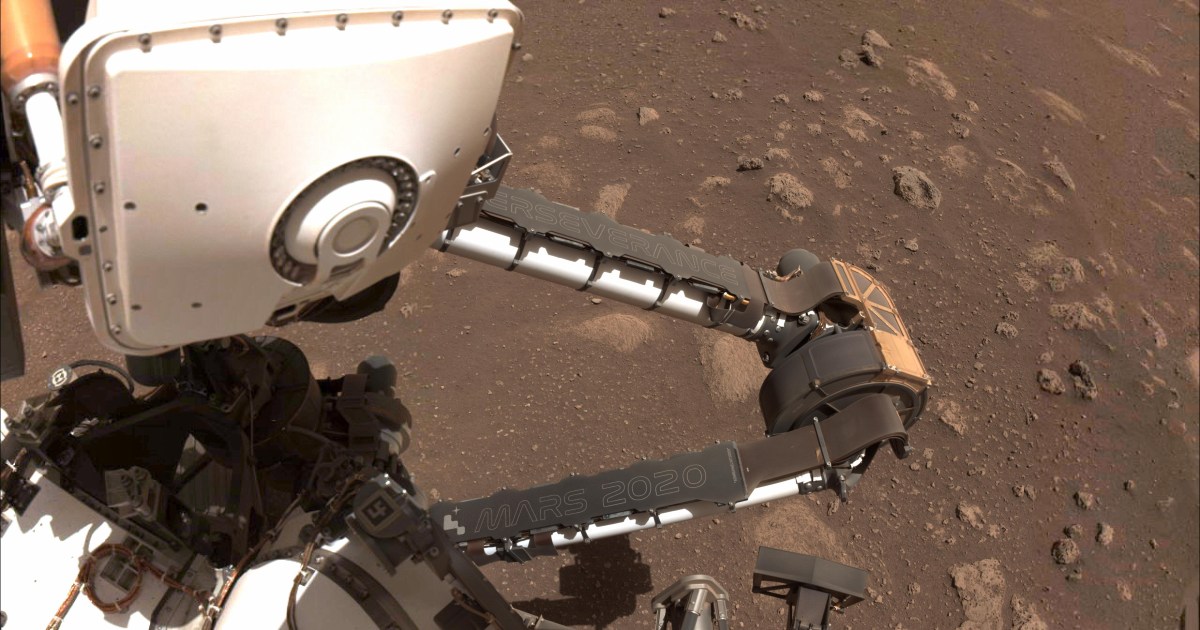
Space engineers have been using AI in rovers for some time now — hence why today’s Mars explorers are able to pick a safe landing site and to drive around a region autonomously. But something they haven’t been able to do before now is to do science themselves, as most of that work is done by scientists on Earth who analyze data and point the rover toward targets they want to investigate.
Now, though, NASA’s Perseverance rover is taking the first steps toward autonomous science investigation on Mars. The rover has been testing out an AI capability for the last three years, which allows it to search for and identify particular minerals in Mars rocks. The system works using the rover’s PIXL instrument (Planetary Instrument for X-ray Lithochemistry), a spectrometer that uses light to analyze what rocks are made of. The software, called adaptive sampling, looks though PIXL’s data and identifies minerals to be studied in more detail.
“We use PIXL’s AI to home in on key science,” explained PIXL’s principal investigator, Abigail Allwood of NASA’s Jet Propulsion Laboratory, in a statement. “Without it, you’d see a hint of something interesting in the data and then need to rescan the rock to study it more. This lets PIXL reach a conclusion without humans examining the data.”
The system runs on board the rover, with no intervention from Earth required. That means it saves on precious time, not only by choosing targets for the scientists but also because it doesn’t require lengthy communication times.
“The idea behind PIXL’s adaptive sampling is to help scientists find the needle within a haystack of data, freeing up time and energy for them to focus on other things,” said Peter Lawson, one of the developers of the software. “Ultimately, it helps us gather the best science more quickly.”
The AI system works by taking data from PIXL, then repositioning the instrument (which is mounted on Perseverance’s arm) using its camera so it can get in close to take a detailed reading without hitting the rock. You can see the system in action in a (kind of adorable) video of an Earth-based model of PIXL. The system will take a reading from one small patch of rock, and if it finds indications of minerals that are interesting to science, it can automatically collect more data on that area.
“PIXL is kind of a Swiss army knife in that it can be configured depending on what the scientists are looking for at a given time,” said David Thompson, who helped develop the software. “Mars is a great place to test out AI since we have regular communications each day, giving us a chance to make tweaks along the way.”
Services Marketplace – Listings, Bookings & Reviews
